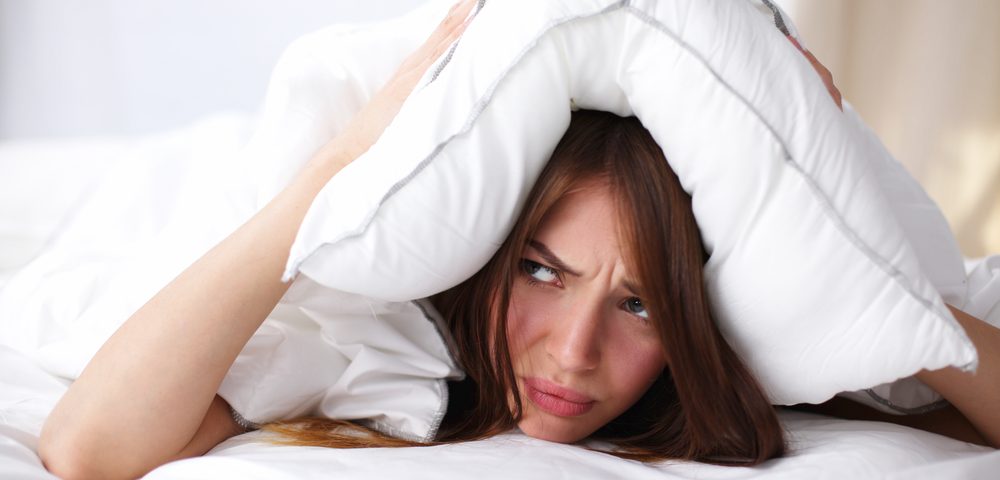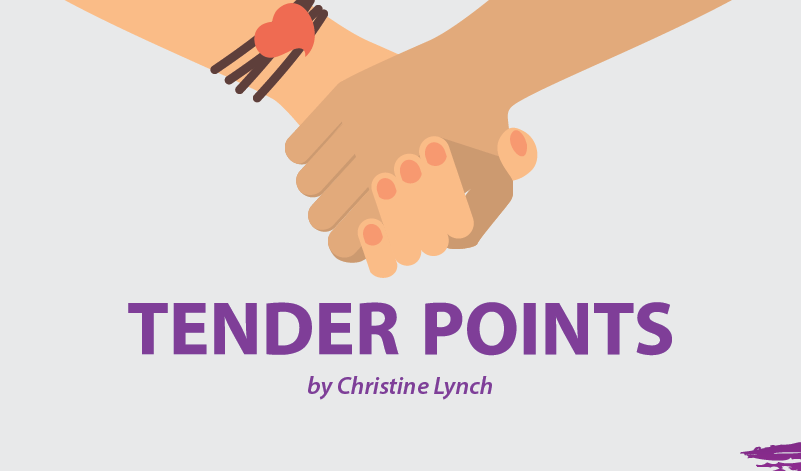I’m no stranger to insomnia. It has been part of my life since childhood — as has fibromyalgia. Despite applying the knowledge I’ve accumulated about improving sleep and sleep hygiene, I still have occasional nights when I’m staring at the clock at 3 a.m. In an attempt to avoid as many of these nights as possible, I follow the guidelines suggested by the National Sleep Foundation:
- Limit daytime naps to 30 minutes. A 30-minute nap is a challenge for me. My napping needs are unpredictable. Some days, after only four hours of sleep, I may not need a nap at all. Other days, after sleeping my optimum nine hours, my eyelids droop before I get through lunch. Typically, I can make it until 4 p.m. without a problem. The type and amount of activity I’ve done that day determines if and how long I nap. I must confess, it’s rarely less than an hour.
- Avoid stimulants such as caffeine and alcohol close to bedtime. My sensitive body doesn’t do well with caffeine at any time of day. Other than an occasional cup of regular tea, I stick to decaf everything. I normally drink a glass of wine with dinner, but I don’t find this affects my ability to fall asleep. But the Sleep Foundation warns that too much alcohol too close to bedtime can disrupt sleep in the second half of the night as the body processes the alcohol.
- Exercise to promote good quality sleep. I try to walk every day, although some days a trip to the grocery store is the most I can do. Other days, I manage a 30-minute stroll around my neighborhood. I’ve noticed that exercise is more effective for sleep if done earlier rather than later in the day.
- Avoid food that can be disruptive right before sleep. I’m an evening snacker. It’s often the only thing that keeps me awake after dinner. As recommended, I try to avoid rich, fatty, or fried foods at that time. For me, they lead to painful heartburn.
- Ensure adequate exposure to natural light. This is particularly important for individuals who may not venture outside frequently or for those who live in places with fewer sunny days.
- Establish a regular relaxing bedtime routine. A nightly routine helps the body recognize that it is bedtime. Even though I’ve been warned against this, I have a habit of playing “Words with Friends” when I get into bed at night. Although the phone screen is said to stimulate the brain, I find that this nightly activity actually tells my mind that it’s time to rest. I often fall asleep with my phone in my hand.
- Make sure that the sleep environment is pleasant. A cool room is recommended, and I personally require fresh air. I never sleep with the air conditioning or the heat on. I prefer to open the bedroom windows.
An additional item that’s important to me is a down pillow. Anything else feels bouncy and requires tense shoulder muscles to keep my head where it needs to be. Inevitably, I awaken with a stiff neck, adding to my fibromyalgia discomfort. Sinking into a down pillow allows my neck and shoulders to relax completely. I then have little or no discomfort the next day.
Another thing that works for me is adhering to the same schedule for going to sleep and for getting up in the morning. Although it’s really difficult to drag myself out of bed at 8 each morning, forcing myself to do so results in falling asleep more easily at night.
One more thing that’s important for me is wearing an eyeshade. Although there is no clinical proof that eyelids get thinner as we age, I’ve found that the older I get the more easily I’m awakened by light. So to avoid waking at the crack of dawn and risking not being able to get back to sleep, I wear an eyeshade to bed each night.
I can’t say that I adhere to all of the sleep foundation’s guidelines every day, but I do come pretty close. They make a difference for me. There may be other things that make a difference for you. The trick is to know your own body, then do what it takes to get a good night’s sleep.
***
Note: Fibromyalgia News Today is strictly a news and information website about the disease. It does not provide medical advice, diagnosis, or treatment. This content is not intended to be a substitute for professional medical advice, diagnosis, or treatment. Always seek the advice of your physician or other qualified health provider with any questions you may have regarding a medical condition. Never disregard professional medical advice or delay in seeking it because of something you have read on this website. The opinions expressed in this column are not those of Fibromyalgia News Today, or its parent company, BioNews Services, and are intended to spark discussion about issues pertaining to fibromyalgia.



Wish I could, “Get past, I’m so tired.”
“Sleep hygiene” may work for those whom are healthy or marginally healthy – for those suffering from debilitating widespread pain, not so much. Pain keeps us from falling asleep and once we do fall asleep frequently wakes us up. I’m fortunate If I get 4 to 5 hrs. of sleep -none of which is uninterrupted. Just wait, ladies; peri-menopause and menopause makes everything worse. If you are prescribed pain and/or muscle relaxant meds. you can forget getting any sleeping meds. anymore. It’s a double edged sword: pain v. sleep, sleep v pain.
I highly recommend Melatonin and Valerian Root. They do help a little bit and we do need all the help we can get!
These sleep hygiene “tips” are for everyone. I strongly disagree with the one that says to limit daytime naps to 30 minutes. HA! If I did that, I’d be even worse off than I am now. Yes, I’ve tried it, been there, and it doesn’t make a bit of difference. Especially when I can’t keep my eyes open past 2 in the afternoon. I believe our bodies will tell us how long to sleep; if you are as sleep deprived as most fibro warriors, a 30 minute nap just may not do it.